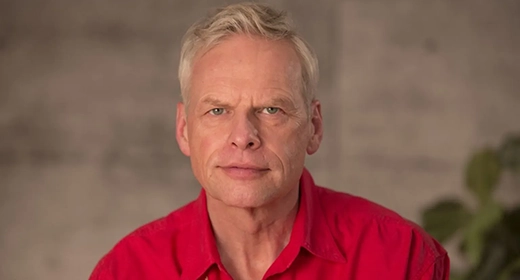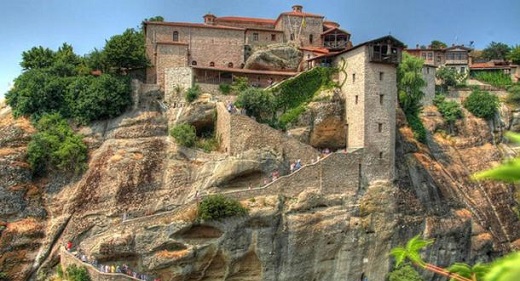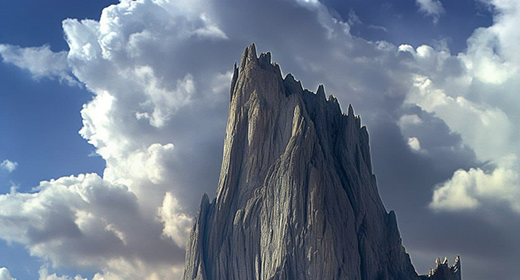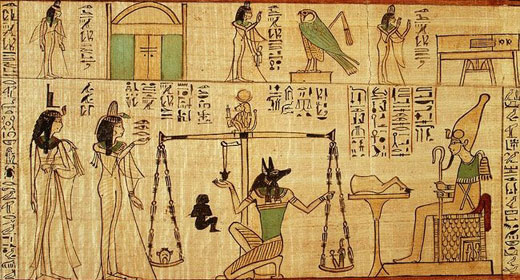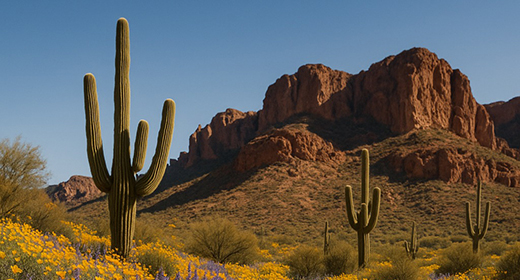Meteora means ‘suspended in the air’ in Greek…
This site is one of the largest and most important Greek Orthodox monastic complexes. It is located in the north-western edge of the Plain of Thessaly in central Greece. The size and importance of this site within Greece is second only to the famed Mount Athos.
Nature and Human Interaction at Meteora
The monasteries at Meteora are located atop massive stone pillars. According to one legend, these rocks were dropped from heaven, as they seem to have risen from nowhere. According to a 19th century German geologist, however, the area of Meteora was once the estuary of a large river. Matter and stones from the northern parts of Central Europe were brought by the river, and came to rest in the estuary. When geological changes took place tens of millions of years ago, the water in the estuary was emptied and the stones emerged. Over millions of years, corrosion and other geological changes shaped the stones into the form we see today.
Although nature has had a hand in Meteora for tens of millions of years, human interference has been relatively recent. It was only in the 11th century that the peaks of Meteora were inhabited by Byzantine monks. By living on these peaks, the monks sought to bring themselves closer to God. The first monasteries, however, were built several centuries later.
The Monastic Escape From Urban Society
During the 14th and 15th centuries, the Byzantine Empire was in decline, which led to a period of instability. One way of escaping this earthly chaos was to live away from urban centers. As a result, seclusion saw a revival during this time of uncertainty.
The popularity of this lifestyle may be seen in the number of monasteries built at Meteora alone. It is said that by 1500, 24 monasteries were built at Meteora. At present however, only six of these buildings are left.
The Great Meteoron: Meteora’s First Monastery
The first monastery to be built at Meteora was the ‘Holy Monastery of the Transfiguration of Christ’, or the ‘Great Meteoron’. This monastery was founded around 1340 by St. Athanasios Meteorites, a scholar monk from Mount Athos. Two churches (one honoring the Mother of God, and another honoring the Transfiguration of Christ) and cells for monks were built by St. Athanasios.

The Great Meteoron, Meteora, Greece (RoBeE/Flickr)
Another important figure in the history of this monastery was St. Athanasios’ successor, St. Iosaph. Prior to becoming a monk at Meteora, St. Iosaph was a ruler of Thessaly known as John Uros. It was during his leadership of the Great Meteoron that more cells, a hospital and a cistern were built. Additionally, the Church of the Transfiguration was also renovated by him.
The Holy Monastery of Varlaam: 22 Years of Preparation and 20 Days of Construction
Another surviving monastery at Meteora is the ‘Holy Monastery of Varlaam’. This monastery was named after Varlaam, an ascetic who ascended the rock in 1350. Three churches, a small cell and a water tank were built by Varlaam.
After his death, the monastery was abandoned for about two centuries. In 1517/1518, two priest-monks, Theophanes and Nektarios Apsarades reached the rock. Prior to embracing the monastic life, these two brothers were wealthy inhabitants of Ioanina. As the monastery was long abandoned, the brothers had to build it completely all over again. The central church of the monastery was dedicated to All Saints. Interestingly, it is said that the transportation of materials took a total of 22 years, but it took them only 20 days to construct the building.

Mural inside the All Saints church, Varlaam monastery, Meteora, Greece (Wikimedia Commons)
The Holy Trinity Monastery and its Windlass
One other monastery worth mentioning is the ‘Holy Trinity Monastery’. Unlike the other two monasteries mentioned previously, the foundation of this monastery is less clear. The monastery was probably built during the 15th century, though there is no agreement as to the exact year of its founding.

The Holy Trinity monastery, Meteora, Greece (Wikimedia Commons)
Up till the early 20th century, this monastery was accessed via a windlass, which enabled monks and pilgrims to be hauled up in a net attached to a rope. It is said that the ropes were only replaced ‘When the Lord lets them break’. This monastery’s other claim to fame is that it was featured in the climax of the 1981 James Bond film, For Your Eyes Only. As a whole, the famous Meteora monastery complex continues to draw attention due to its impressive history and beautiful views.


